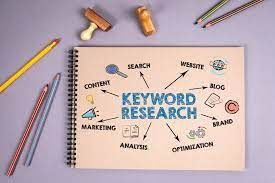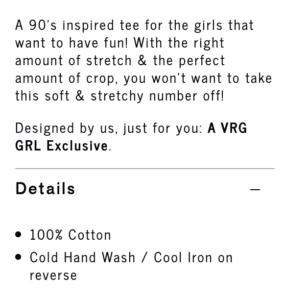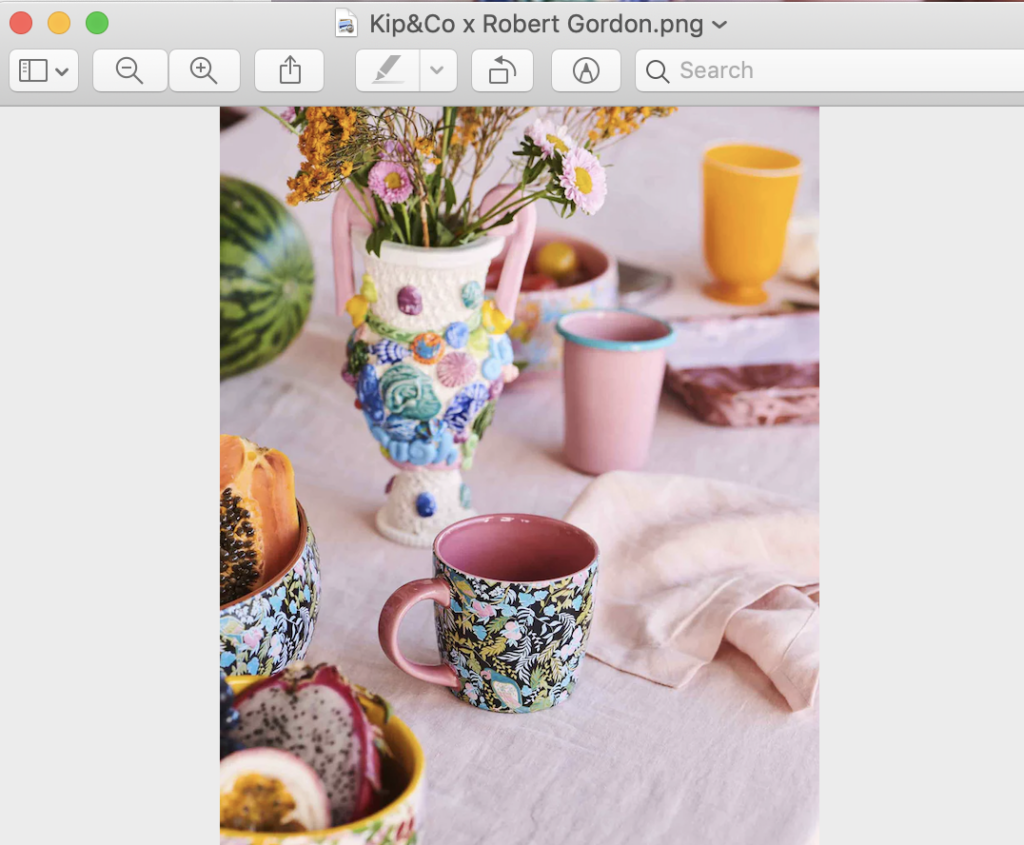If you run a product-based (ecommerce) business , you should be wondering how to boost your SEO when loading products onto your website. And you know that it is super important to get your products in front of potential customers. One effective way to do this is by optimizing your product pages for search engine optimization (SEO). By doing so, you can increase the likelihood of your products appearing at the top of search engine results pages (SERPs), making them more discoverable to potential customers.

In this blog post, we’ll explore some tips for optimizing your product pages for SEO.
- Conduct Keyword Research
Keyword research is the foundation of any successful SEO strategy. It involves identifying the search terms and phrases that potential customers are using to find products like yours. Use keyword research tools to identify relevant keywords and incorporate them into your product pages. Be sure to use them in the title, description, and throughout the body of your product page.

- Write Quality Product Descriptions
A quality product description not only provides information about your product but also includes relevant keywords that can improve your product’s visibility. Use your target keywords in your product descriptions, but make sure the content is well-written, informative, and engaging. Avoid duplicate content across product pages as it can lead to poor SEO performance. Lead with benefits and not features.

- Optimize Product Images
Optimizing product images is another important step in optimizing your product pages for SEO. Use descriptive, keyword-rich filenames for your product images, and make sure they are compressed to load quickly. Also, add alt tags/descriptions to all product images so that search engines can understand what the image represents and can rank them better. Please please please make sure you add product shots from different angle sand also add lifestyle shots for scale and showcasing how things look on a real person or in a real home!

- Use Unique Titles and Meta Descriptions
Your product page’s title and meta description appear in the search engine results, so make sure they are unique, informative, and compelling. Use your primary keyword in the title and meta description but also focus on creating a headline that attracts attention and encourages clicks. If using shopify scroll down to the bottom of the page to see where this is relevant and you can change /edit it (it will just use your first part of your description automatically if you don’t change it!)

- Use Internal Linking
Internal linking (like I am doing here by linking back to my website) is the practice of linking to other pages on your website from within your content. Using internal linking on your product pages can help to distribute link equity to other pages on your site, which can improve your site’s overall SEO performance. It also helps search engines better understand the structure of your website. Want to know how to do this? Add in a blog posts and link to your products. Add in an about age and add links to other pages on your site.
- Monitor and Improve Page Load Speeds
Page load speed is a crucial factor in search engine rankings. A slow-loading page can negatively impact your SEO performance. You can monitor your page’s load speed with tools like Google PageSpeed Insights and GTmetrix. Optimize your images, minify your CSS and JavaScript files, and use a reliable hosting service to improve your page load speeds. Image file sizes are super important. Max file size should be 2000px.
In conclusion, optimizing your product pages for SEO is an effective way to improve their discoverability and attract more potential customers. Conducting keyword research, writing quality product descriptions, optimizing product images, using unique titles and meta descriptions, using internal linking, and monitoring and improving page load speeds are just a few ways to improve your product pages’ SEO performance. By implementing these tips, you can drive more traffic to your product pages and increase your chances of making more sales.
If you are thinking sure but now what how do I actually implement these things to boost my website traffic?
You might want to grab my SEO booster Masterclass which covers exactly how to maximise your SEO every time you load new products onto your website!

Comments +